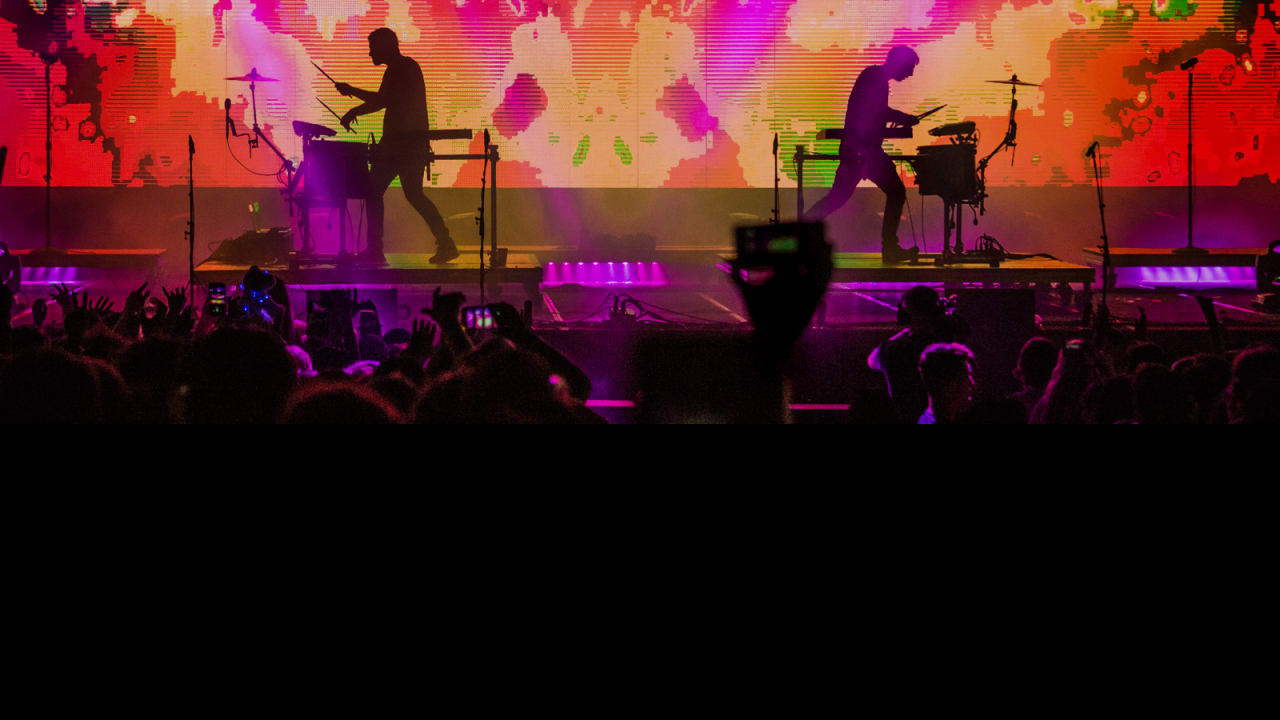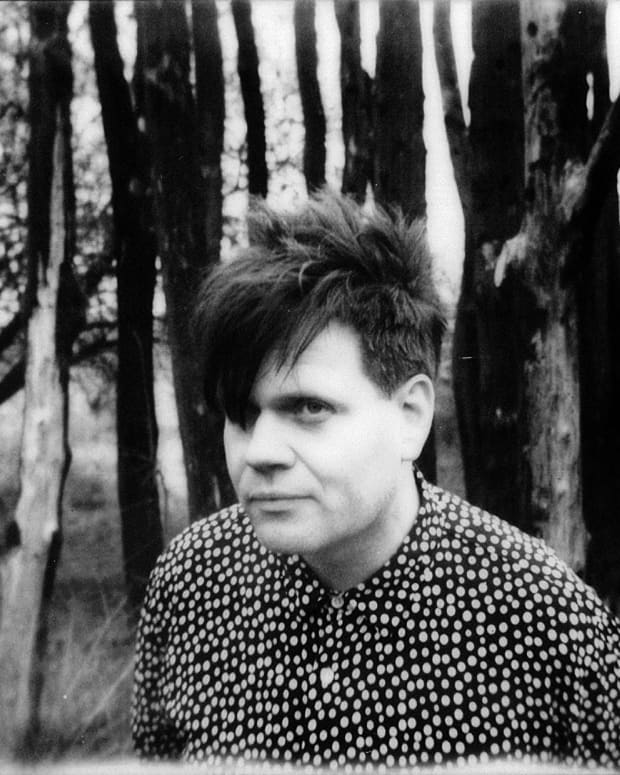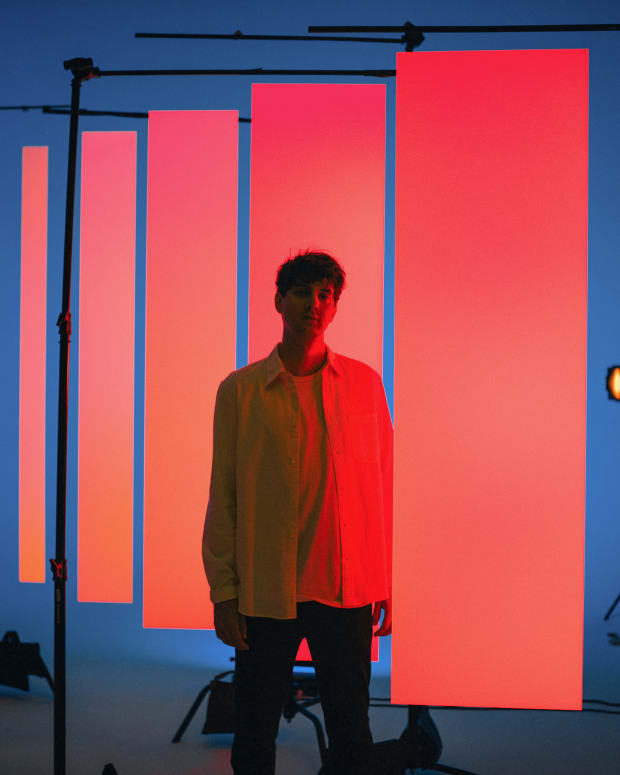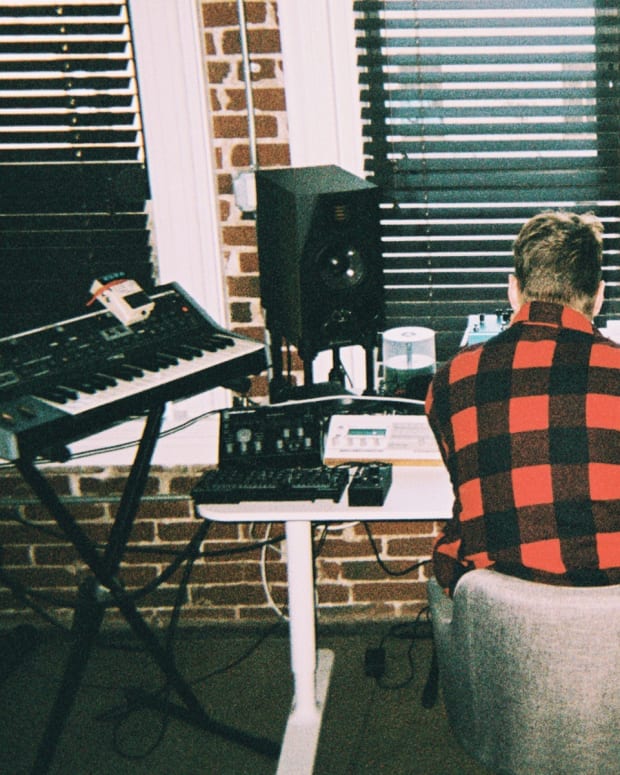How It Was Made: Paul Haslinger - Exit Ghost
Music composer and producer Paul Haslinger may be best known for his time in Tangerine Dream in the 1980’s where they were at their most prolific, but he has built quite a career outside of this six years. He has scored dozens of movies in sci-fi, action horror and elsewhere like Crank, Underworld (several of them), Death Race and more. His spacey 80’s soundtrack worked on shows like the underrated Halt and Catch Fire and Fear The Walking Dead. He hasn’t had too much time for many solo projects, but he has released one now titled Exit Ghost. With this album and his vast knowledge of creating great sound, we asked him to take us into the studios used around the world to show off how he made this album. It is largely piano-driven, but it combines gentle electronics for a full and beautiful listen. Get your copy of the album in physical and digital formats here.
Read on for Haslinger’s deep dive into the various studios that made this album.
"The starting point for the long musical journey that resulted in the album Exit Ghost was a series of piano recordings I had done over the years (from 2011-2019, to be exact).
These recordings were the foundation that everything else is built upon. And for an album that aimed to reconcile the past with the promise of an uncharted future, the piano felt like the most honest, sincere way to start things off. This was the instrument I started playing as a kid, and it has been my first choice of instrument ever since.
Most of these piano source recordings were done in 3 places, on 3 pianos, and I thought I would talk about these instruments, locations and circumstances I found myself in when recording these.
Steinway B: Berlin, Studio Teldex
Microphones; pair of Cole 4038
In 2011, I recorded the score for The Three Musketeers in Berlin at Teldex studio. In the after hours, I would rummage around the recording space that had several high performance concert pianos, as well as one old, pretty beat-up Steinway B. But for some reason, that instrument inspired me more than any of its more spectacular siblings. It had a darkness, a mood about it, that pulled me in a different space. We became fast friends. It is still one of my favorite pianos in the whole world. If you’d like to hear it, the track “Berlin 86-11” was recorded on it.
Kawai GS-50, Los Angeles, Haslinger residence
Mics: pair of Cole 4038
This is the piano I dragged around the world for over 30 years… When I was a music student, I would go to the Frankfurt Musikmesse, which was a convention for musical instruments, the largest in Europe. On one of these occasions, I played a piano that seemed to have a special resonance. I wrote down the serial number, and inquired with a dealer in Austria if I could get that exact instrument, after the various fairs it was going to. Lo and behold, I was able to get the exact instrument, and on all my travels, across Europe, finally to Los Angeles, this instrument has been my companion. About 80% of the recordings on Exit Ghost were done on this piano, most of them in night sessions that I do every summer when my family is vacationing in Austria.
Schloss Kremsegg, Instrumentenmuseum
Bechstein Concert Piano
In 2016, I visited an Instrument Museum in Kremsegg, Austria, that houses a collection of historical keyboards. The management allowed me to roam the premises for several days, and then to select a couple of instruments to record. This felt like a dialog with the past in more than one way, as I was born and raised in Austria. Being alone with these instruments, they all seem to contain so much history, so many memories, not to go all Stephen King with it, but I experienced some genuinely weird moments playing and connecting with these instruments, some of them over 100-200 years old.
Studio Photo:
The second layer of this production was done in my studio, which I’ve always considered my second most favorite instrument… Here is a shot that was taken around the time I was working predominantly on Exit Ghost.











